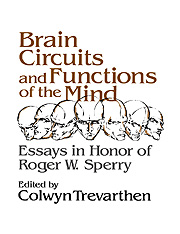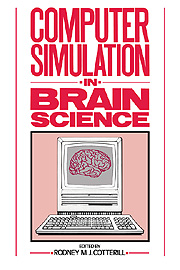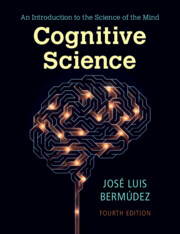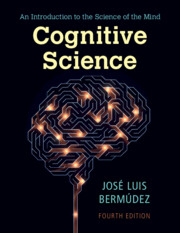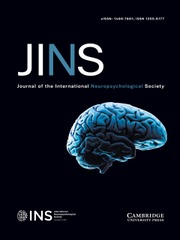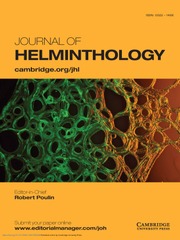The Brain-Shaped Mind
In the same way atomic structures explain the physical properties of an object, neuroscientists are now learning about the human mind by examining how the neurons in the brain are connected to one another and their surrounding environments. Will brain scientists ever be capable of reading minds? Why are certain things harder to remember than others? The Brain-Shaped Mind addresses these and other questions to provide a clear account of how the structure of the brain influences the workings of the mind.
Naomi Goldblum is a lecturer in psychology at Bar-Ilan University in Ramat Gan, Israel. She has studied neuropsychology with a particular emphasis on cognitive psychology.
- No prior knowledge of neuroscience, cognitive psycology or neural networks is required
- Neural networks are explained without the need of mathematical formulae
- Illustrated throughout with humorous cartoons and explanatory diagrams
Reviews & endorsements
'The book is indeed easy to understand. It is well structured, minimally technical in its terminology, informative, and argumentatively clear. Readers interested in a basic understanding of what is known today about the human brain would definitely find this book valuable; and teachers of the non-neuroscience-oriented cognitive sciences, particularly cognitive psychology and cognitive linguistics, might find it a useful introduction to brain research for their students.' Jyh Wee Sew, CHIJ ST Theresa's Convent, Singapore
Product details
January 2005Adobe eBook Reader
9780511038228
0 pages
0kg
16 b/w illus. 7 tables
This ISBN is for an eBook version which is distributed on our behalf by a third party.
Table of Contents
- Preface
- Figure permissions and acknowledgements
- 1. Introduction
- 2. What the brain cannot tell us about the mind
- 3. How neurons form networks
- 4. Theories and models of how the mind functions
- 5. What are connectionist networks?
- 6. How our networks learn
- 7. Connecting the networks: how different things are related
- 8. Evidence for connectionist models
- 9. Two different types of memory
- 10. Coping with disaster
- 11. Practical implications
- 12. Criticism of connectionist theory
- Annotated references and suggested readings
- Index.


